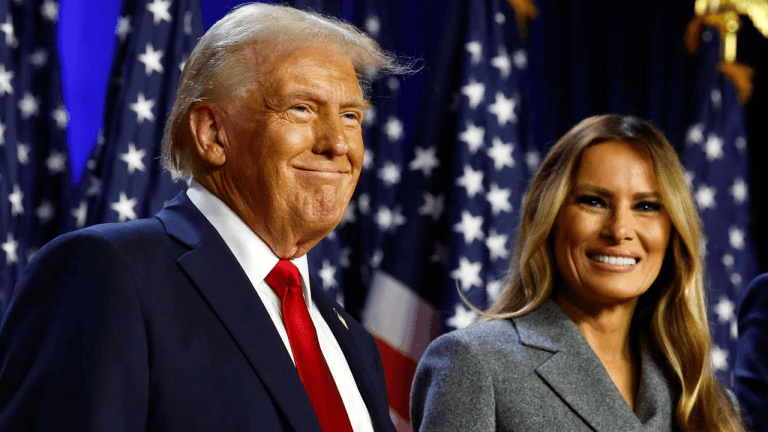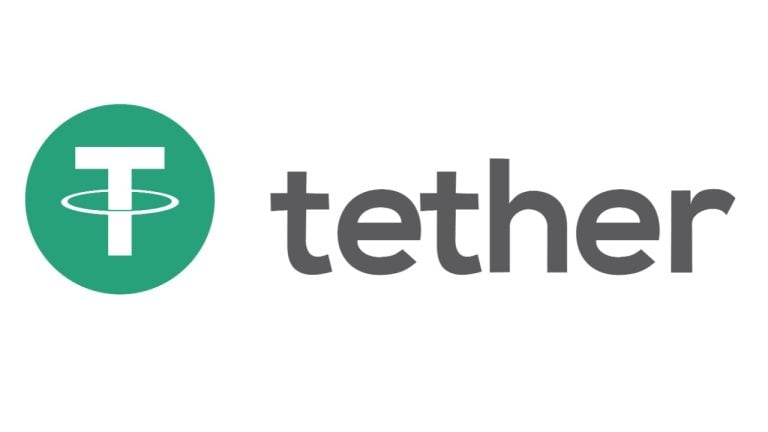
NFT market projected to double by October as trading volume surges

Using a linear regression method, analysts at Invezz have determined that NFT trade volumes could rise to $125.9 million in July and $175.2 million in October.
The market for nonfungible tokens, or NFTs, is expected to maintain its rapid growth trajectory this year as demand for digital collectibles continues to grow, according to a new forecast from Invezz, an online investing news and education platform.
NFT trading volume is expected to reach $175 million by October, leading to an industry market capitalization of $470 million, Invezz said in a Thursday report. The market for NFTs was worth $338 million in 2020.
Through the first three months of 2021, NFT trading volumes surged 645%, Invezz said. The growth was largely driven by growing retail adoption of digital collectibles, building on the initial success of CryptoKitties in 2017.
The recent success of NFTs partially stems from growing mainstream coverage of the digital art movement, beginning with the bidding war for Twitter and Square CEO Jack Dorsey’s first-ever tweet. Google searches for the phrase “non-fungible token” spiked to a perfect 100 score from 0 in December. A score of 100 implied maximum interest in a particular search term.
As the cryptocurrency bull market regained momentum in the final quarter of 2020, NFTs were among the biggest success stories, joining decentralized finance, or DeFi, in registering exponential growth. The NFT craze has entered the world of professional sports, European art showrooms and the celebrity circuit. As Cointelegrpah reported, the sale of Beeple’s “Everydays” NFT for $69.3 million was the third-largest haul for any living artist.
The Invezz forecast suggests that the crypto market meltdown of the past few days will have no impact on NFT demand in the medium term, which means that market conditions are largely expected to improve. However, analysts are divided about the pace and timing of a potential recovery and whether the recent price breakdown affects the trajectory of this year’s market cycle.
Go to Source
Author: Sam Bourgi









